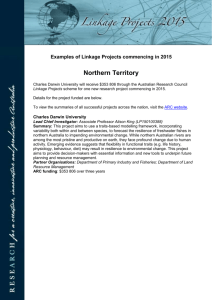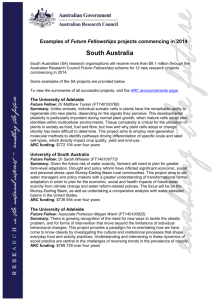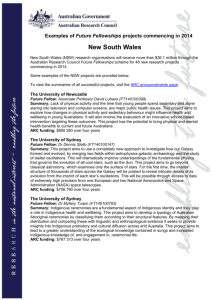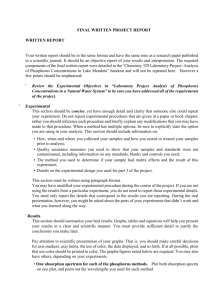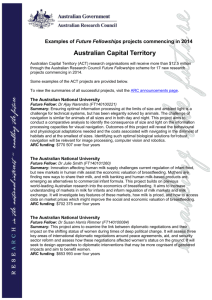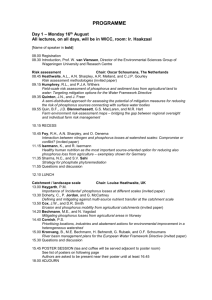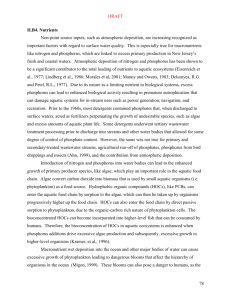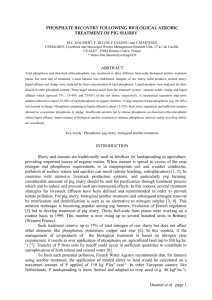Word Format - Australian Research Council
advertisement
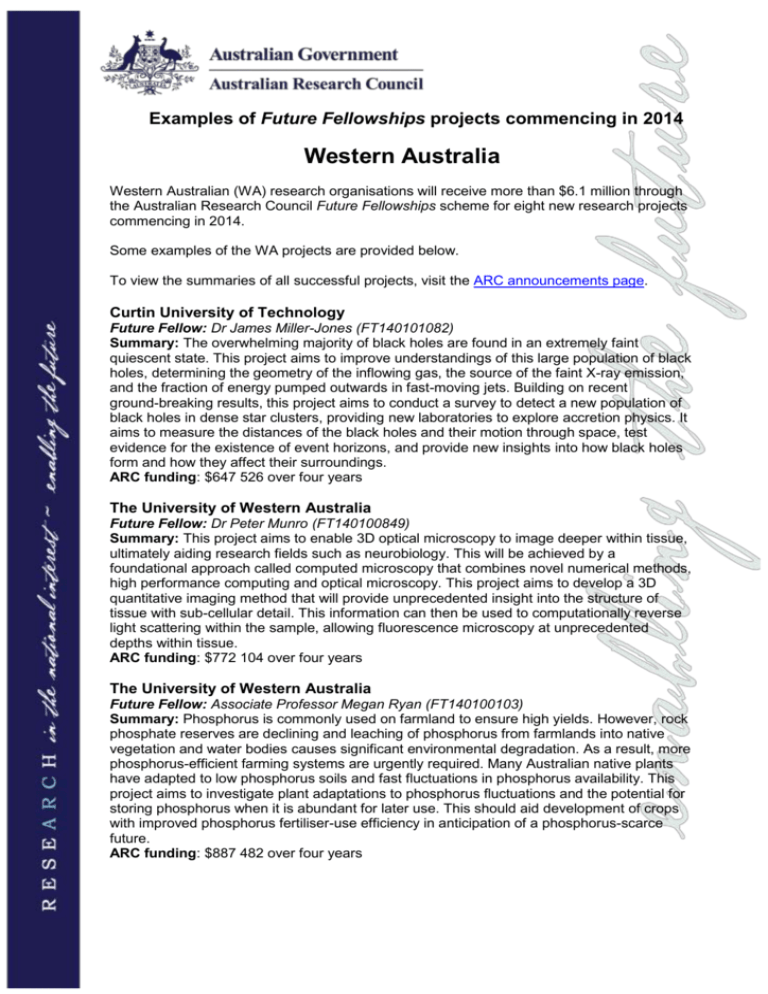
Examples of Future Fellowships projects commencing in 2014 Western Australia Western Australian (WA) research organisations will receive more than $6.1 million through the Australian Research Council Future Fellowships scheme for eight new research projects commencing in 2014. Some examples of the WA projects are provided below. To view the summaries of all successful projects, visit the ARC announcements page. Curtin University of Technology Future Fellow: Dr James Miller-Jones (FT140101082) Summary: The overwhelming majority of black holes are found in an extremely faint quiescent state. This project aims to improve understandings of this large population of black holes, determining the geometry of the inflowing gas, the source of the faint X-ray emission, and the fraction of energy pumped outwards in fast-moving jets. Building on recent ground-breaking results, this project aims to conduct a survey to detect a new population of black holes in dense star clusters, providing new laboratories to explore accretion physics. It aims to measure the distances of the black holes and their motion through space, test evidence for the existence of event horizons, and provide new insights into how black holes form and how they affect their surroundings. ARC funding: $647 526 over four years The University of Western Australia Future Fellow: Dr Peter Munro (FT140100849) Summary: This project aims to enable 3D optical microscopy to image deeper within tissue, ultimately aiding research fields such as neurobiology. This will be achieved by a foundational approach called computed microscopy that combines novel numerical methods, high performance computing and optical microscopy. This project aims to develop a 3D quantitative imaging method that will provide unprecedented insight into the structure of tissue with sub-cellular detail. This information can then be used to computationally reverse light scattering within the sample, allowing fluorescence microscopy at unprecedented depths within tissue. ARC funding: $772 104 over four years The University of Western Australia Future Fellow: Associate Professor Megan Ryan (FT140100103) Summary: Phosphorus is commonly used on farmland to ensure high yields. However, rock phosphate reserves are declining and leaching of phosphorus from farmlands into native vegetation and water bodies causes significant environmental degradation. As a result, more phosphorus-efficient farming systems are urgently required. Many Australian native plants have adapted to low phosphorus soils and fast fluctuations in phosphorus availability. This project aims to investigate plant adaptations to phosphorus fluctuations and the potential for storing phosphorus when it is abundant for later use. This should aid development of crops with improved phosphorus fertiliser-use efficiency in anticipation of a phosphorus-scarce future. ARC funding: $887 482 over four years
